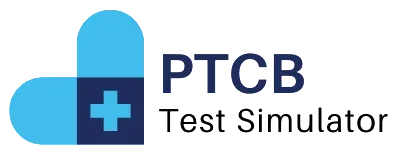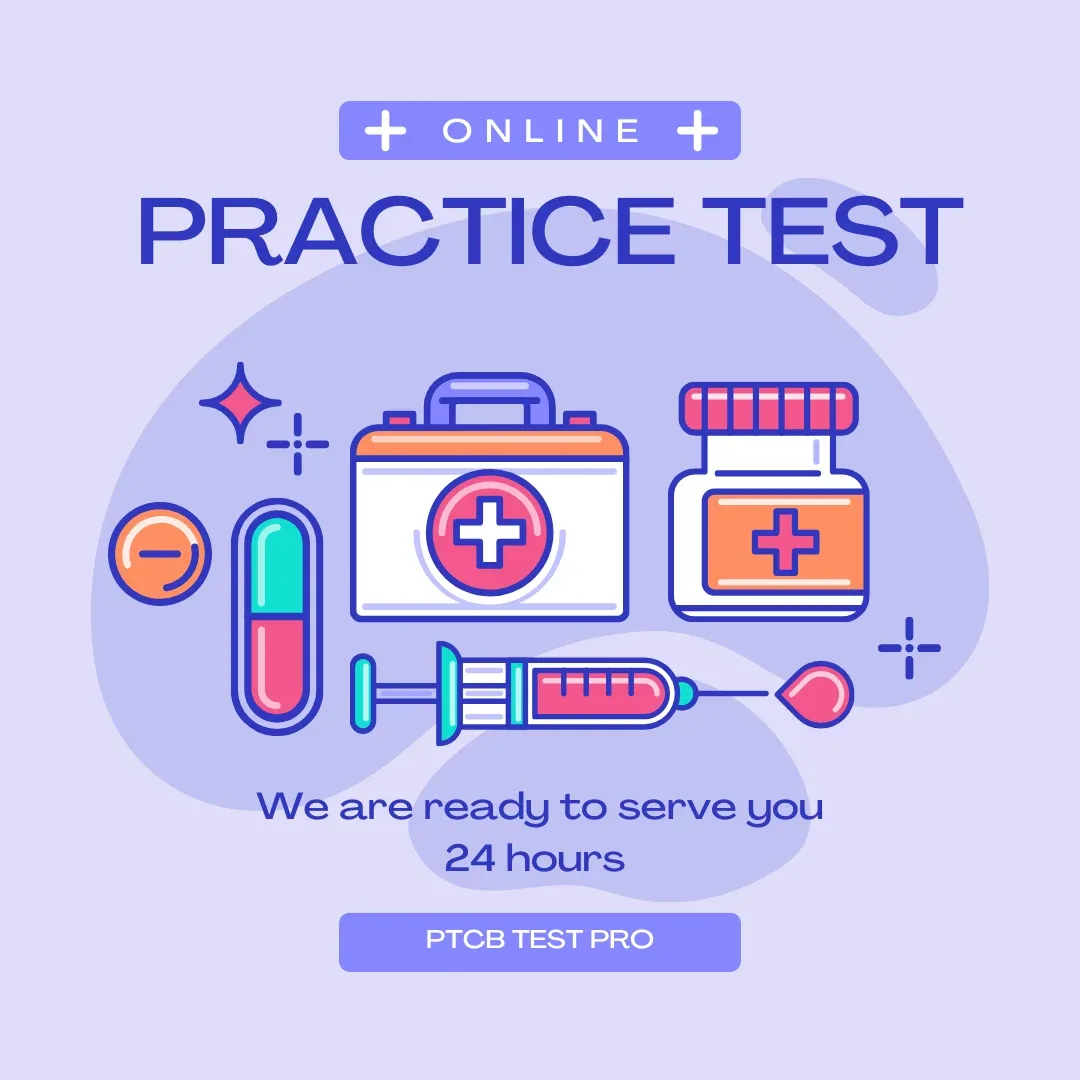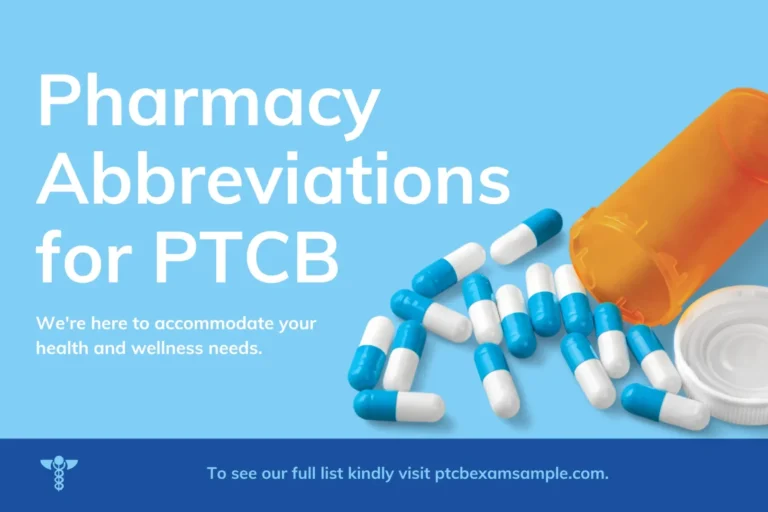AMP Drug Test- PTCB Practice Test 7
An Amp drug test is a type of drug screening that detects the presence of amphetamines in a person’s system. This test is commonly used in various settings, including employment, sports, and healthcare. The test is designed to identify the use of amphetamines, which are a class of drugs that can cause various effects on the body, including increased energy, alertness, and euphoria.
Below is the PTCB Practice test 7 to get you job in the Pharma Industry.
Try More Practice Tests
Amp Drug Test: What You Need to Know
Understanding Amp drug tests is essential for individuals who may be required to take one for employment or other purposes. The test works by analyzing a urine sample for the presence of amphetamines. The results of the test can indicate recent or long-term use of these drugs. It is important to note that the test can produce false positives and negatives, so it is critical to follow proper preparation and testing procedures.
Key Takeaways
- Amp drug tests are used to detect the presence of amphetamines in a person’s system.
- Proper preparation and testing procedures are essential to ensure accurate results.
- Understanding Amp drug tests is crucial for individuals required to take one for employment or other purposes.
Understanding Amp Drug Tests
Amp drug tests are used to detect the presence of amphetamines in a person’s system. Amphetamines are a type of stimulant drug that can be abused. Understanding amp drug tests involves knowing the types of tests available and the science behind amp detection.
Types of Amp Drug Tests
There are several types of amp drug tests available, including urine, blood, hair, and saliva tests. Urine tests are the most common type of amp drug test and are used to detect recent drug use. Blood tests are more invasive and are used to detect current drug use. Hair tests are used to detect drug use over a longer period of time, up to several months. Saliva tests are less invasive and can detect recent drug use.
The type of amp drug test used will depend on the reason for testing, such as employment screening or drug treatment monitoring. It is important to note that amp drug tests can produce false positives or false negatives, so it is important to confirm results with additional testing.
The Science Behind Amp Detection
Amp drug tests work by detecting the presence of amphetamines or their metabolites in a person’s system. Amphetamines are broken down by the body into metabolites, which can be detected in bodily fluids or hair.
Urine tests typically detect the presence of amphetamine and methamphetamine, while blood tests can detect a wider range of amphetamines, including MDMA and MDA. Hair tests can detect amphetamine use for up to 90 days after use.
Amp drug tests use different methods to detect amphetamines, such as immunoassay tests or gas chromatography-mass spectrometry (GC-MS). Immunoassay tests are less expensive and produce results quickly, but can produce false positives. GC-MS is more accurate, but is more expensive and takes longer to produce results.
Understanding amp drug tests is important for those who may be subject to testing or who are concerned about amphetamine use. It is important to follow proper testing protocols and confirm results with additional testing when necessary.
Preparation for Pharmacy Technician Certification
Becoming a certified pharmacy technician requires passing the Pharmacy Technician Certification Exam (PTCE), also known as the PTCB exam. Proper preparation is essential to passing this exam, and there are several resources available to help pharmacy technicians study and practice.
Studying for the PTCB Exam
One of the best ways to prepare for the PTCE is to study the material covered on the exam. The Pharmacy Technician Certification Board (PTCB) provides a detailed content outline that covers the topics that will be tested on the exam. Pharmacy technicians should review this outline and ensure they have a solid understanding of each topic.
There are also several study guides available that cover the material on the PTCE. These study guides often include practice questions and explanations, as well as tips for taking the exam. One popular study guide is Mosby’s Review for the Pharmacy Technician Certification Examination [1].
Utilizing PTCE and PTCB Practice Tests
Taking practice tests is an excellent way to prepare for the PTCE. The PTCB provides a practice exam on their website, which is designed to simulate the actual exam experience. This practice exam is a great way for pharmacy technicians to get a feel for the types of questions that will be asked on the PTCE.
There are also several PTCE practice tests available from third-party providers. These practice tests often include more questions than the PTCB practice exam and can provide additional practice and reinforcement of the material. One popular PTCE practice test provider is Certification Review for Pharmacy Technicians [2].
By utilizing study guides and practice tests, pharmacy technicians can prepare themselves for success on the PTCE and become certified pharmacy technicians.
[1] (https://books.google.com/books?hl=en&lr=&id=ZTGSAAAAQBAJ&oi=fnd&pg=PP1&dq=Preparation+for+Pharmacy+Technician+Certification+Amp+Drug+Test+&ots=-rStBvnNoq&sig=WodfxlR94KFODOpZsvGqF-Q9gBw) [2] (https://books.google.com/books?hl=en&lr=&id=dE7LV8kdeP0C&oi=fnd&pg=PP10&dq=Preparation+for+Pharmacy+Technician+Certification+Amp+Drug+Test+&ots=1DyenGO3GY&sig=6EBBHhUgBoJk0MRZTOj298RUpko)
Taking the Test
What to Expect on Test Day
Taking an AMP drug test can be a nerve-wracking experience, but knowing what to expect can help ease anxiety. On test day, the individual will be given instructions on how to provide a urine sample. The sample will then be sent to a laboratory for analysis. The individual may be required to remove any outer clothing and empty their pockets before entering the testing area.
It is important to note that the individual will not be allowed to bring any personal items into the testing area, including cell phones, bags, or purses. The individual will also be monitored during the collection of the urine sample to ensure that no tampering occurs.
Analyzing PTCB Test Pro and Sample Questions
To prepare for the AMP drug test, individuals can use resources such as PTCB Test Pro and sample questions. PTCB Test Pro is a web-based tool that provides practice questions and exams designed to help individuals prepare for the PTCB exam, which includes questions related to drug testing.
Sample questions can also be found online and may include multiple-choice questions related to drug testing procedures, drug classifications, and drug interactions. It is important to note that while sample questions can be helpful in preparing for the test, they may not be identical to the questions on the actual exam.
Individuals should also review the drug testing procedures and guidelines provided by the testing organization to ensure that they understand the process and are prepared for any potential challenges. By reviewing these resources and preparing in advance, individuals can increase their chances of passing the AMP drug test and achieving their desired outcome.


